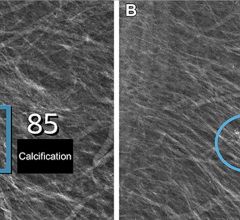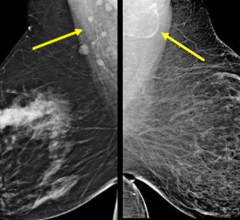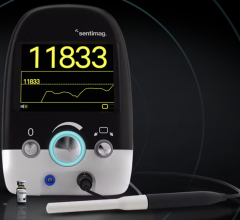March 20, 2007 - Colombo Sales and Engineering Inc. has pioneered a new approach to intra-hospital materials transport that significantly minimizes the risk of hospital acquired infections and dramatically reduces errors that can result in contamination.
Colombo has developed and installed Direct Delivery Systems, a pneumatic tube system, in nearly 100 hospitals throughout the East Coast and Midwest. The Direct Delivery Systems is a very different approach than that of conventional pneumatic systems currently used in most hospitals.
Conventional systems are networked: They allow any station in a hospital to send materials to any other station. This means the hospital’s care units, blood bank, pharmacy and laboratory send sanitary medications and unsanitary bio-hazardous materials using the same pneumatic tube transmission lines and common carriers.
The Colombo approach relies on multiple systems: one group of systems used for the laboratory and blood bank and another group for the pharmacy — each dedicated to their specific purpose. The result is a significant reduction in errors and safer patients.
In addition to issues in contamination and the spread of infection, errors also are a serious problem in the healthcare industry with regards to transportation of various medications, blood or unsanitary materials. Utilization of the Colombo system drastically reduces the potential for human error. The system’s design can eliminate the error of sending a specimen to any place but the laboratory, which also acts as a defense against contamination.
Colombo’s Direct Delivery System also makes faster delivery possible. In a conventional system, when all materials are sent on one transport system, the flow of materials can get backed up. Separating the systems gives each department their own private transport lines — which means a much lower influx of materials and greater speed of delivery. Assured delivery of materials can make the difference in a life and death situation, such as when a surgical team is in need of a blood unit for a patient in a difficult surgery.
The system takes advantage of current technology, utilizing the latest microprocessors, touch screens, WAN/LAN capabilities and functionality to achieve reduction and elimination of errors; improve safety for patients and staff, and improve the level of “assured predictable and repeatable service.”


 July 29, 2024
July 29, 2024 








